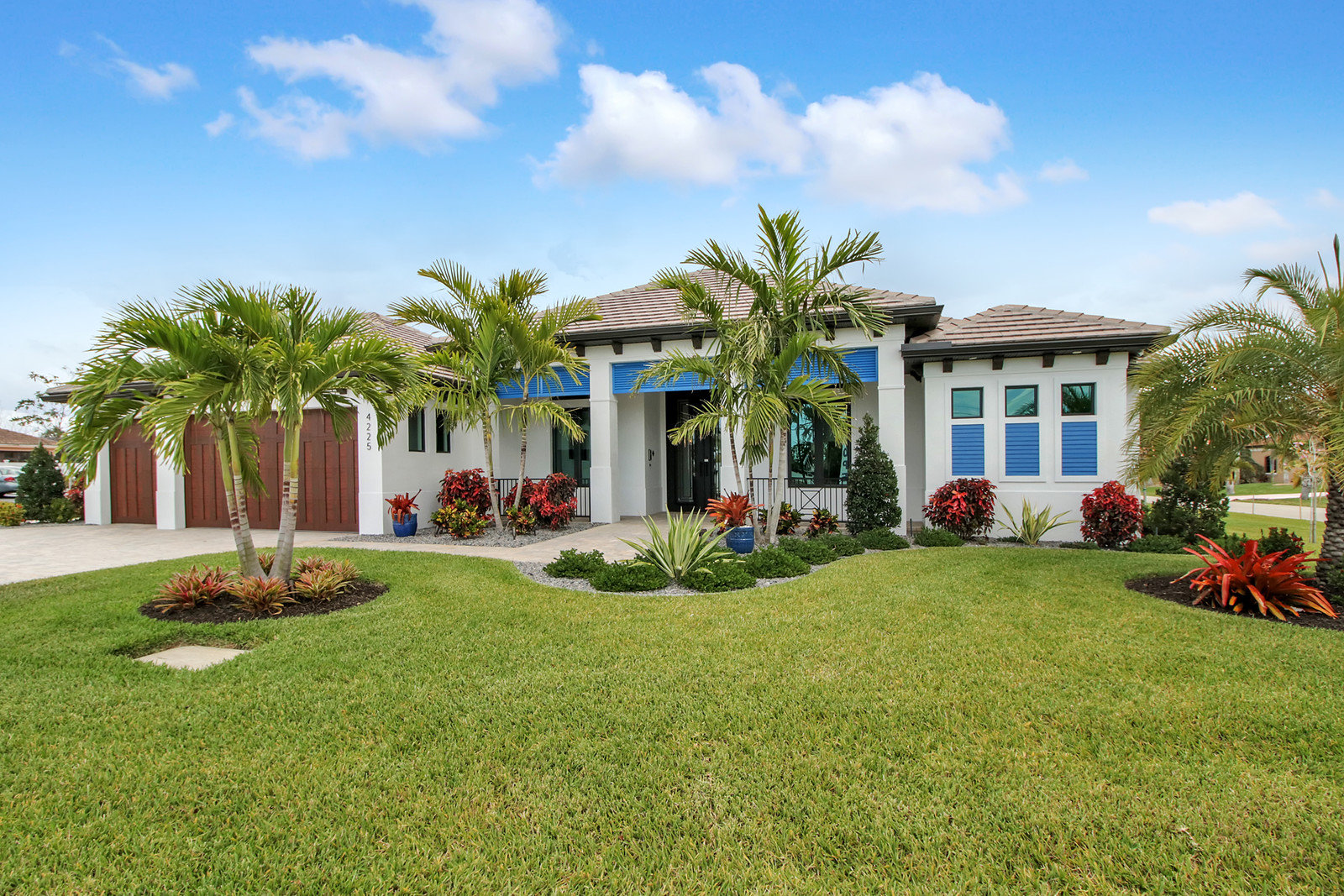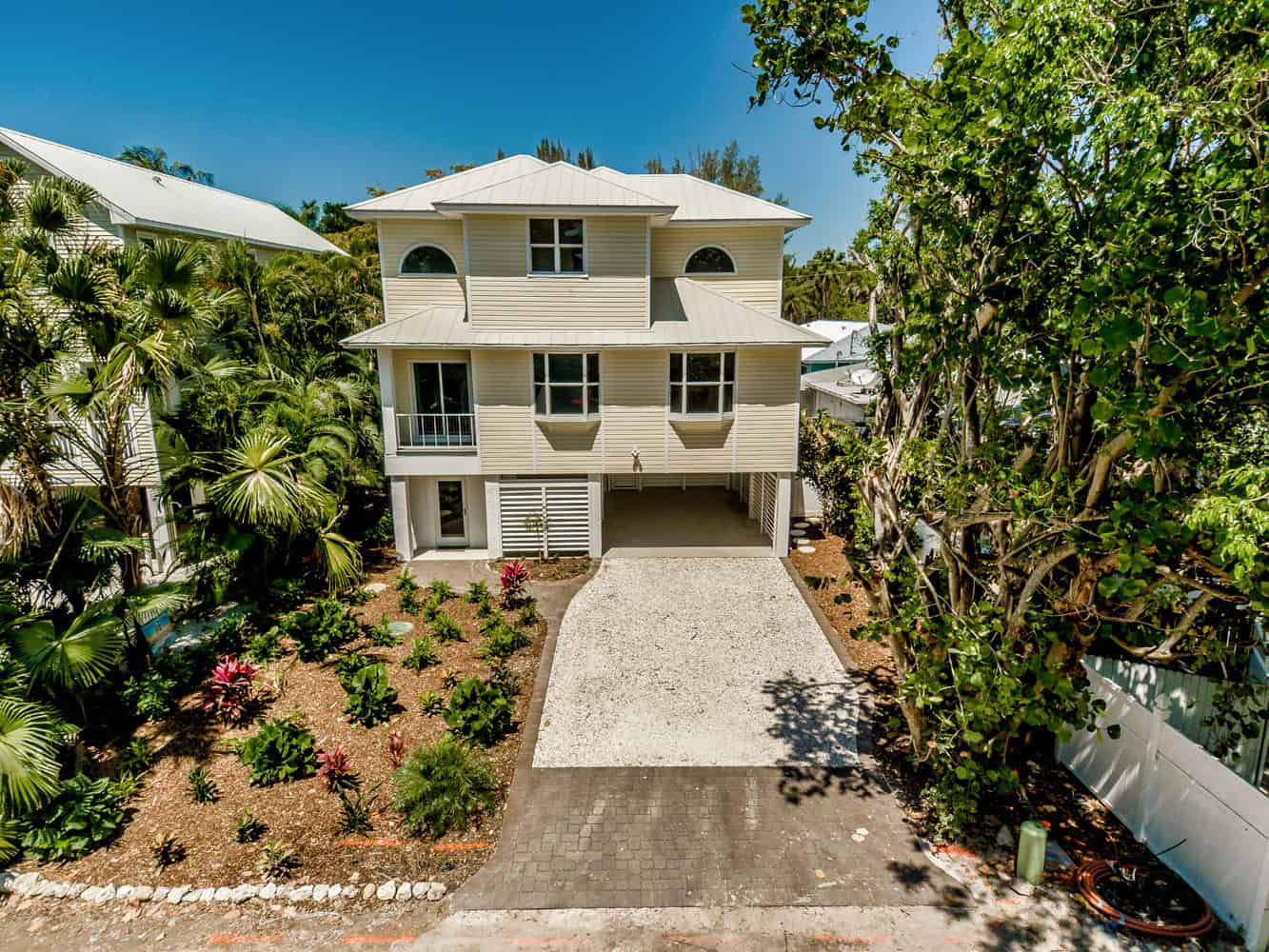Protecting your Cape Coral area waterfront or coastal home from flooding, storms, and soil erosion require a considerable amount of attention. Here’s what you need to know:
1. You’ll Want To Build Your Home Far Enough Back From The Water
In order to keep flooding from becoming a problem, it will be essential to make sure that your new home is built far enough back from the shoreline. The sea level is often significantly higher during storms, especially in Florida. In fact, a hurricane can raise sea levels by as much as 18 feet or more.
2. You May Need To Elevate Your Home To Prevent Flooding
If there are no cliffs or rock banks in the area that you’re building (as in the case of most of Florida) you might want to consider building your home on a pier foundation. This will be able to elevate it enough to prevent flooding during storms. You’ll need to select piers that are treated with something to make them resistant to rotting as a result of being in contact with the seawater.
3. You’ll Need To Protect Your Home From Wind Damage
In addition to preventing flood damage, you’ll also need to take steps to prevent wind damage, which can severely impact coastal properties. Due to the fact that the ocean is a relatively flat surface with no obstacles to block wind, wind speeds tend to be quite high in coastal regions during storms. This affects the type of roofing that’s best for your home, and choosing wind-resistant siding is also important.
You’ll also need to make sure that you choose storm-resistant windows. Ordinary windows can crack or even break during high winds, but hurricane resistant windows are designed and tested to withstand winds of 200 miles per hour! This is more than even the strongest hurricanes are likely to produce. Even if your window is struck by debris, it is designed to be shatter-resistant.
4. You Don’t Want To Build Your Home Too Tall
Due to the possibility of storms that produce high winds, building a coastal home too tall can make your home more susceptible to wind damage. Furthermore, many coastal communities in the Cape Coral region have height restrictions on homes that are located near the water. The height limit tends to be between 28 and 50 feet. So, this may limit the number of floors that you are able to build.
Many two-story homes reach more than 28 feet, and most three-story homes will be above this limit. Furthermore, coastal homes often need to have an elevated foundation, which means that you won’t be able to create an extra floor by finishing your basement. However, there is another way that you can build a spacious coastal home. You can make your home broader, and this can allow you to have a very large and spacious home.
5. Avoid Cheap Materials
If you choose cheap materials, your coastal home is not likely to be as durable. While this is true of any home that’s built with cheap materials, it’s especially true if you are building a coastal home. Coastal homes tend to be subjected to the elements much more than homes that are built in other regions. Therefore, you’ll want to make sure that you choose high-quality building materials for all the parts of your coastal home.
6. Realize That You’ll Need A Larger Budget Than You Might Otherwise
If you want to build on the coast, you’ll need a larger budget than you would if you were planning to move to just about any other area. That’s because waterfront properties and properties with coastal views tend to be more expensive. While the land will be expensive, the building costs on a coastal property could potentially be similar to what they’d be elsewhere, which can make these properties a very good investment. Not only that, but coastal real estate tends to retain its value over the years. This makes it a great choice for anyone who wants to invest in property.



